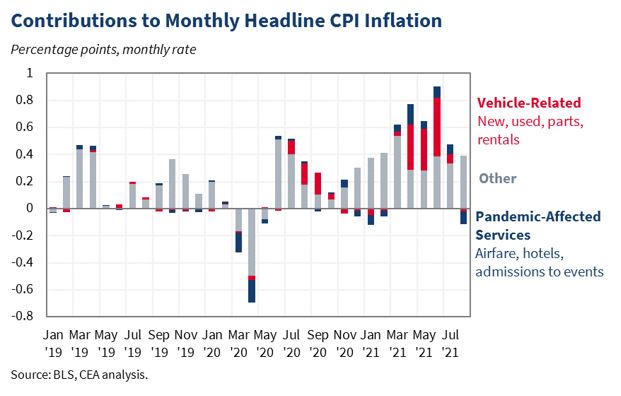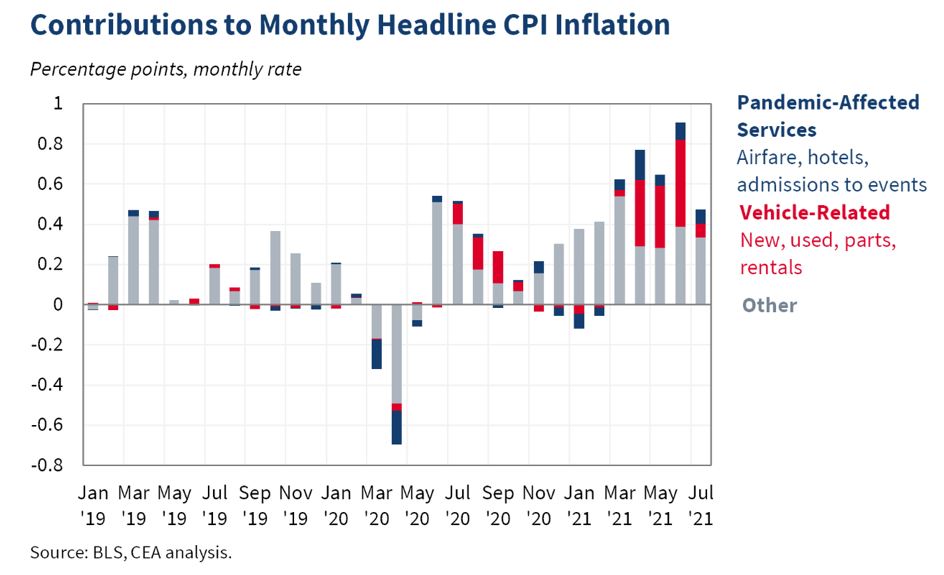
CEA’s latest blog outlines how the Build Back Better Agenda—which includes the Bipartisan Infrastructure Deal, reconciliation package, and new regulations—reduces emissions while keeping energy costs low for consumers. 1/
Since most greenhouse gas emissions come from energy production, and the costs of energy take up over 8 percent of the income of the typical American low-income household, many fear that reducing carbon emissions will place a burden on consumers through higher prices. 2/
These plans address these concerns in four ways. 3/
First, well-targeted Federal funding, such as consumer rebates for home retrofits, can incentivize investments that provide net benefits to the country while enabling American families to consume less energy—reducing consumers’ energy bills in the process. 4/
For example, the Department of Energy (DOE) estimates that 29 new or updated appliance standards put in place between 2009 and early 2015 are projected to cumulatively save nearly $480 billion for consumers between 2009 and 2030. 5/ energy.gov/sites/prod/fil…
Second, continuing to reduce the costs of carbon-free power sources through investments in clean energy technologies will help ensure the country is poised for deep emissions cuts in the future. 6/
Third, in addition to Federal investments to spur innovation of emerging energy technologies, direct subsidies to energy producers can encourage them to reduce emissions by bringing down their costs (relative to other energy sources), saving consumers money. 7/
Fourth, keeping costs low for consumers includes protecting them from the costs of inaction on climate change over the longer term. Ongoing climate change will add costs to family budgets in the decade to come, which can be reduced if carbon emissions are brought down now. 8/
Because climate change will tend to hit low-income regions and individuals harder, it is expected to widen existing economic inequality. end/ journals.uchicago.edu/doi/10.1093/re…
Read the full blog post here: whitehouse.gov/cea/blog/2021/…
• • •
Missing some Tweet in this thread? You can try to
force a refresh






